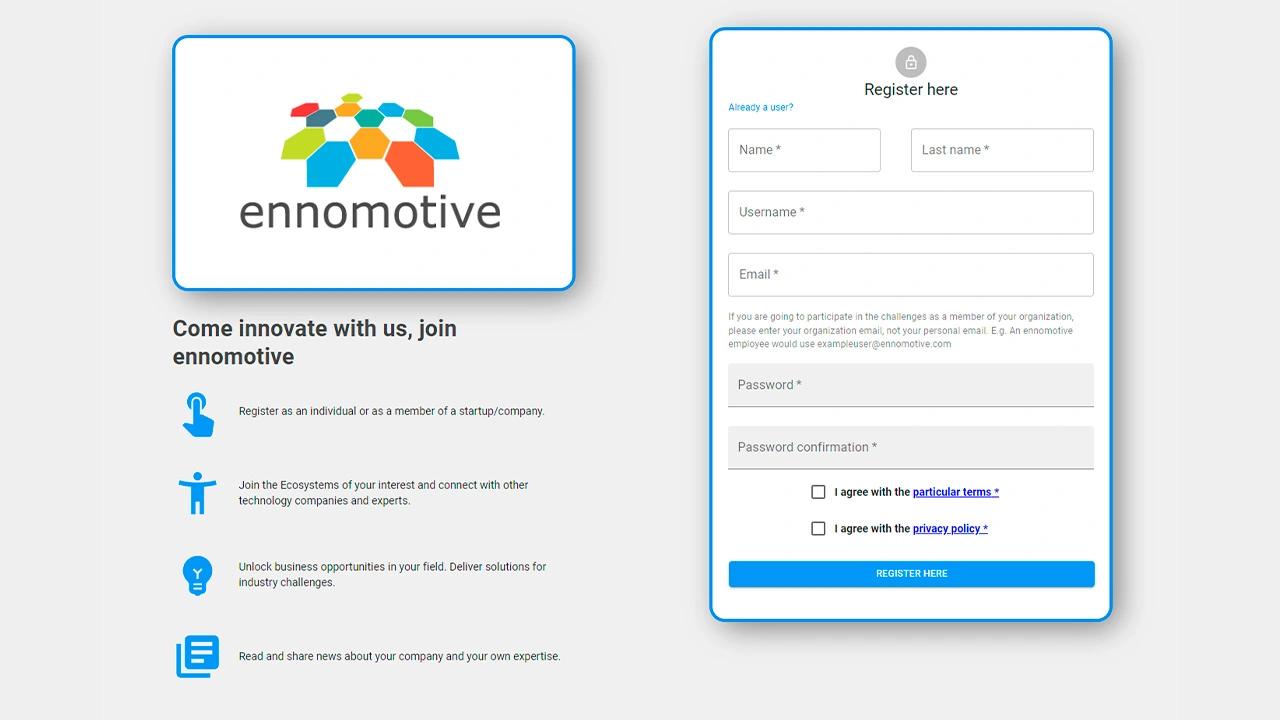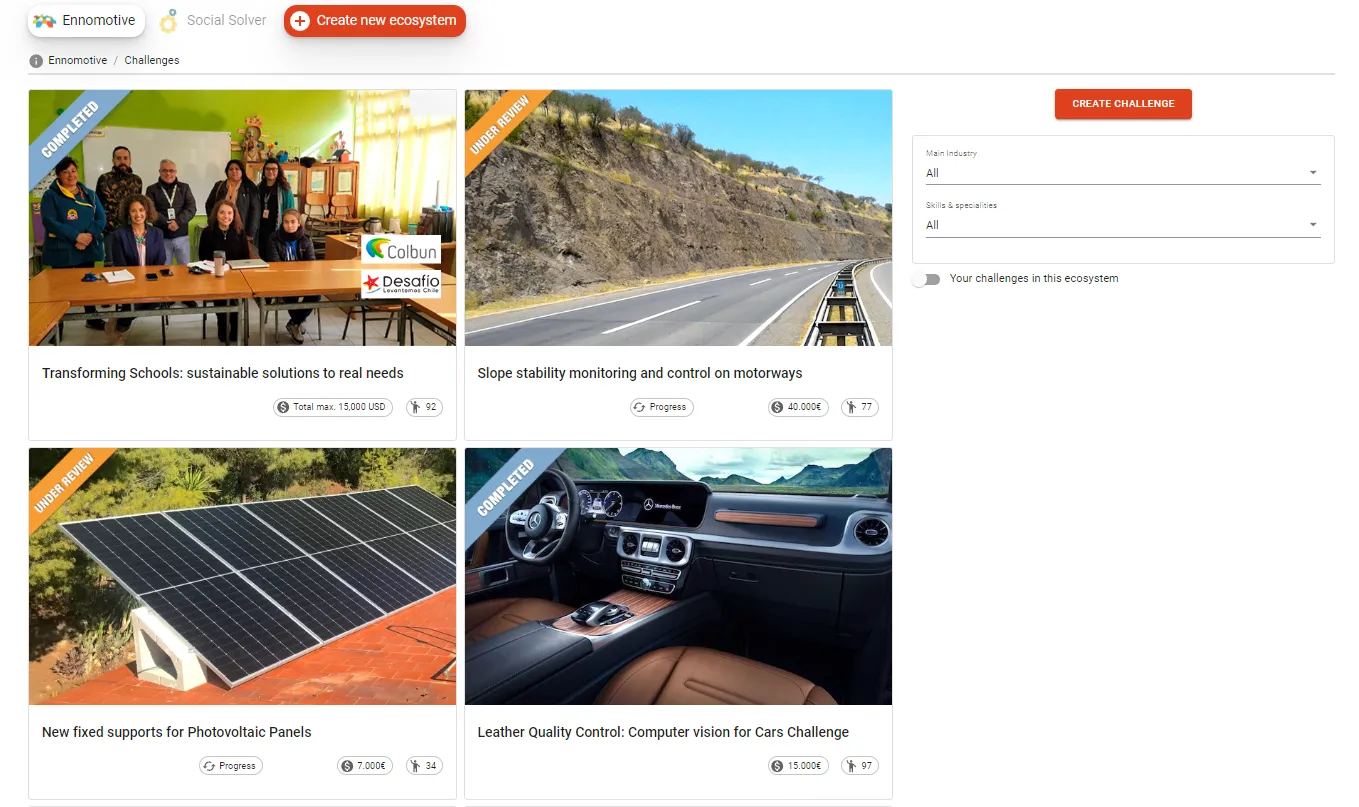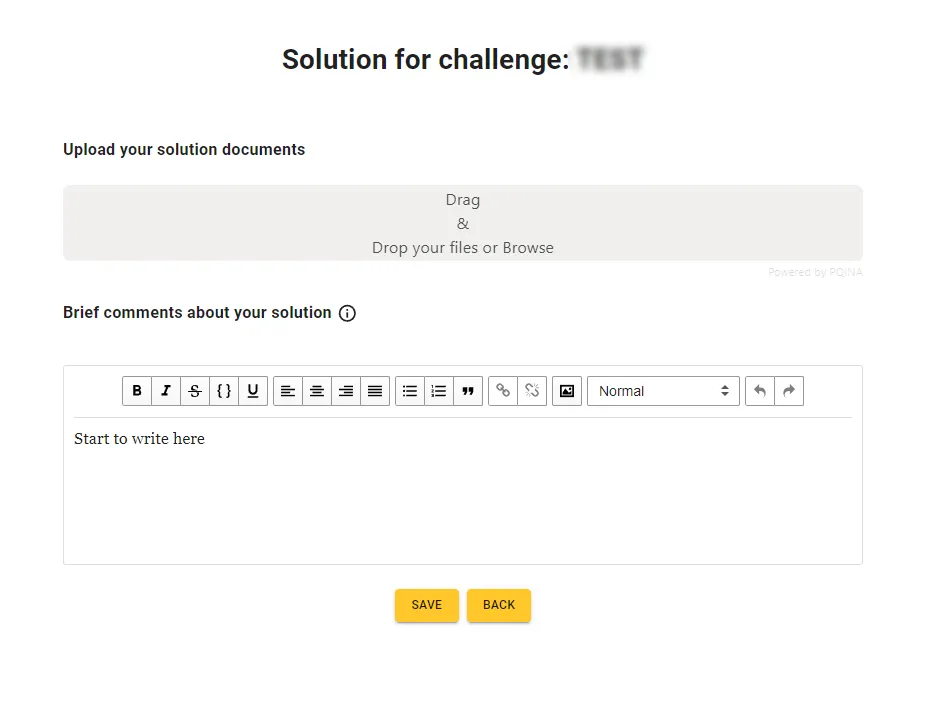Background
High speed rail is becoming more popular and expanding into many countries. And this brings new challenges such the one related to crossing deserts: extremely adverse geological and weather conditions and a train route covering kilometers of dunes and strong winds.
The Challenge
Stations and tracks must be designed to withstand the extreme range of temperatures, which can go from the freezing point up to more than 50 degrees Celsius, as desert temperatures can change dramatically from day to night.
However, the biggest challenge is the sand covering the tracks, due continuous advance of the dunes, sandstorms and sand in suspension.
This problem has many consequences, such as:
- Increased inspections, maintenance and cleaning of the railways, and thus, their respectively costs.
- Reduced railway speed and schedule delays
- It can cover the route and, therefore, derailment and fouling of switches and culverts can be given
- It can cause grind down and erosion of the elements (electrification, communications and signaling…)
- The power system for the electric train tracks is called ballast. When sand gets into the ballast, it can make weight distribution uneven and can prevent rain´s drainage.
- Contamination of the ballast (loss of mechanical properties, deterioration of sleepers, rail…).
Several measures have been taken to try to prevent, reduce or clean the sand (belts of vegetation, slap sections on raised embankments, wall and ditch solutions, superficial treatments, protection barriers…) but none of them have solved the problem. (Check attachment 1 for more info).
The client´s currently track system is a variant of the RHEDA 2000, proposed for desert areas. This alternative has an elevated rail seat to avoid rail blockade. (Check attachment 2 for more info).
Different systems, like T-Track, are used in other locations, but they also present problems.
What the client is looking for
The client is looking for new solutions to minimize sand covering in tracks and/or new ways of cleaning it up. The solutions can come from other sectors or be completely new and patentable.
This is a 3‐round tournament.
For the first round the following deliverables are required:
- Brief description of the proposed solution.
- Diagrams and sketches of the solution, better in 3D.
For the second round the following deliverables are required:
- Detailed specifications of the proposed solution.
- Estimated costs.
- Potential suppliers.
If required, additional information will be provided during the course of this round.
For the third round the following deliverables are required:
- Tests will be done during this round.
Check the following websites for more information:
- https://www.wmo.int/pages/prog/arep/wwrp/new/wwosc/documents/2014.08.07WWOSC-Boulton.pdf
- http://www.slideshare.net/imadhammoud/mr-jose-solorza-haramain-high-speed-railway-phase-2?from_action=save
- http://www.slideshare.net/imadhammoud/mr-craig-tengstrm-kuwait-metro-and-rail
Evaluation criteria
- Viability evidence (preventive, cleaning, maintenance)
- Maintenance costs
- Initial investment
Timeline
This is a 3‐round tournament with the following timing:
- 1st round: 20 weeks + 2 weeks for evaluation
- 2nd round: 8 weeks + 2 weeks for evaluation
- 3rd round: 15 weeks estimated for building and testing



